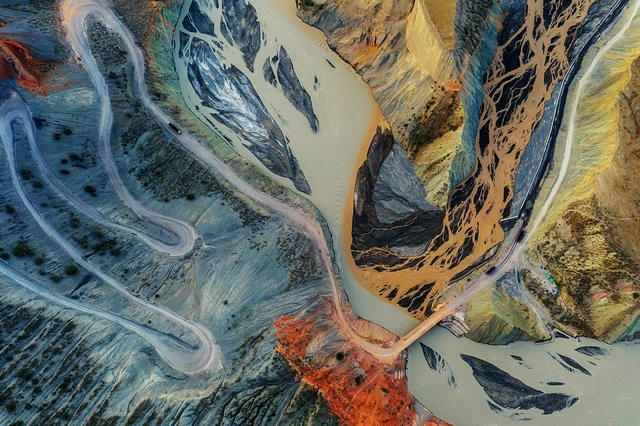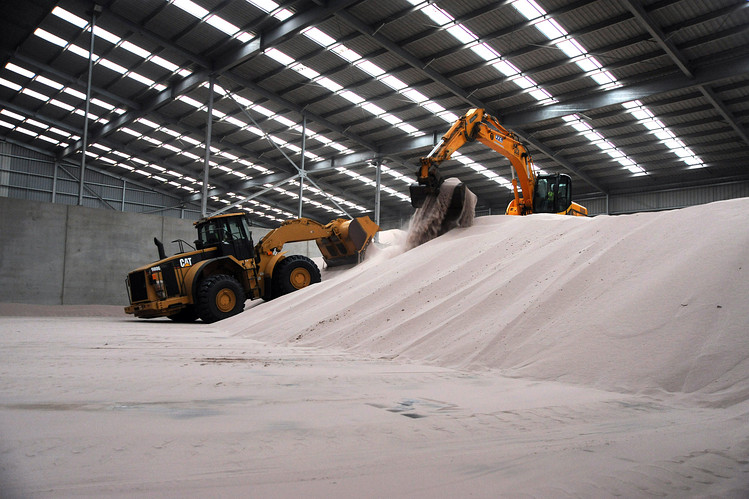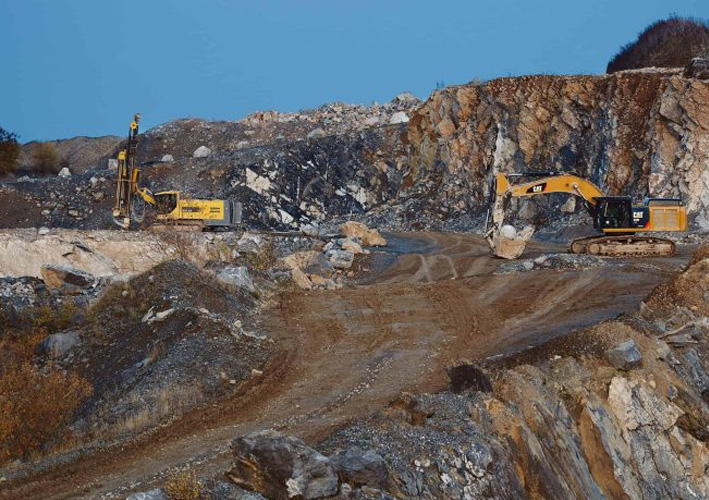Ranked third in the world in terms of its rare earth mining potential, Vietnam could become a major player in rare earth supply chains. Here’s how foreign investors can get involved.
Rare earths are essential elements for the production of various products, including cancer drugs, smartphones, and renewable energy technologies. At the moment, China accounts for 63 percent of the world’s rare earth mining, 85 percent of rare earth processing, and 92 percent of rare earth magnet production.
As the world moves towards a green energy future, and trade friction persists between China and the US, alternative sources of rare earths are in demand. With the rapid advancements in technology, a favorab le investment climate, and the world’s third largest supply of rare earths, Vietnam is becoming an attractive destination for investors in the sector.
In this article
The global rare earth supply chain
Rare earths are a group of metallic chemical elements that are difficult to find in large quantities, which possess special magnetic and electrochemical properties. Contrary to their name, rare earths are not always particularly rare and can be found throughout the earth’s crust. However, they are often distributed in higher volumes of smaller deposits, making their extraction challenging and expensive.
The global rare earth reserves have been estimated by the American Geological Survey to be 120 million tons. Among these, China possesses 44 million tons, Brazil has 22 million tons, Vietnam is estimated to have 20 million tons, followed by Russia with 18 million

Government policies and regulations
Rare earths are a group of metallic chemical elements that are difficult to find in large quantities, which possess special magnetic and electrochemical properties. Contrary to their name, rare earths are not always particularly rare and can be found throughout the earth’s crust. However, they are often distributed in higher volumes of smaller deposits, making their extraction challenging and expensive.
The global rare earth reserves have been estimated by the American Geological Survey to be 120 million tons. Among these, China possesses 44 million tons, Brazil has 22 million tons, Vietnam is estimated to have 20 million tons, followed by Russia with 18 million
China’s market share and geopolitics
According to several studies, China possesses more than 90 percent of the global rare earth supply. As a result, China has the ability to utilize rare earths as a geopolitical tool. For instance, China threatened to halt rare earth exports to Japan in 2010 over a detained Chinese fishing trawler. Notably this prompted Japanese scientists to explore and evaluate rare earth mines in Vietnam.
This unbalanced situation has raised concerns for customers who depend on China for their rare earths supply, in particular the United States, South Korea, and Europe. Furthermore, prices of rare earths have continued to rise sharply, prompting many countries to revive their own rare earth mining industries or seek alternative sources of supply outside of China.

Vietnam’s rare earth reserves
Vietnam has reserves of approximately 20 million tons of rare earth, which are mainly distributed in the northwest region of the country. These reserves are valued at approximately US$3 trillion, providing a significant opportunity for the nation’s economic development.
Rare earth mining in Vietnam is concentrated in the Northwest and Central Highlands and includes light rare earth groups of hydrothermal origin. Various rare earth mineral deposit points have been identified, such as North Nam Xe, Nam Nam Xe, Dong Pao (Lai Chau), Muong Hum (Lao Cai), and Yen Phu (Yen Bai).
There are also some small rare earth deposits scattered along the coast from Quang Ninh to Vung Tau.








